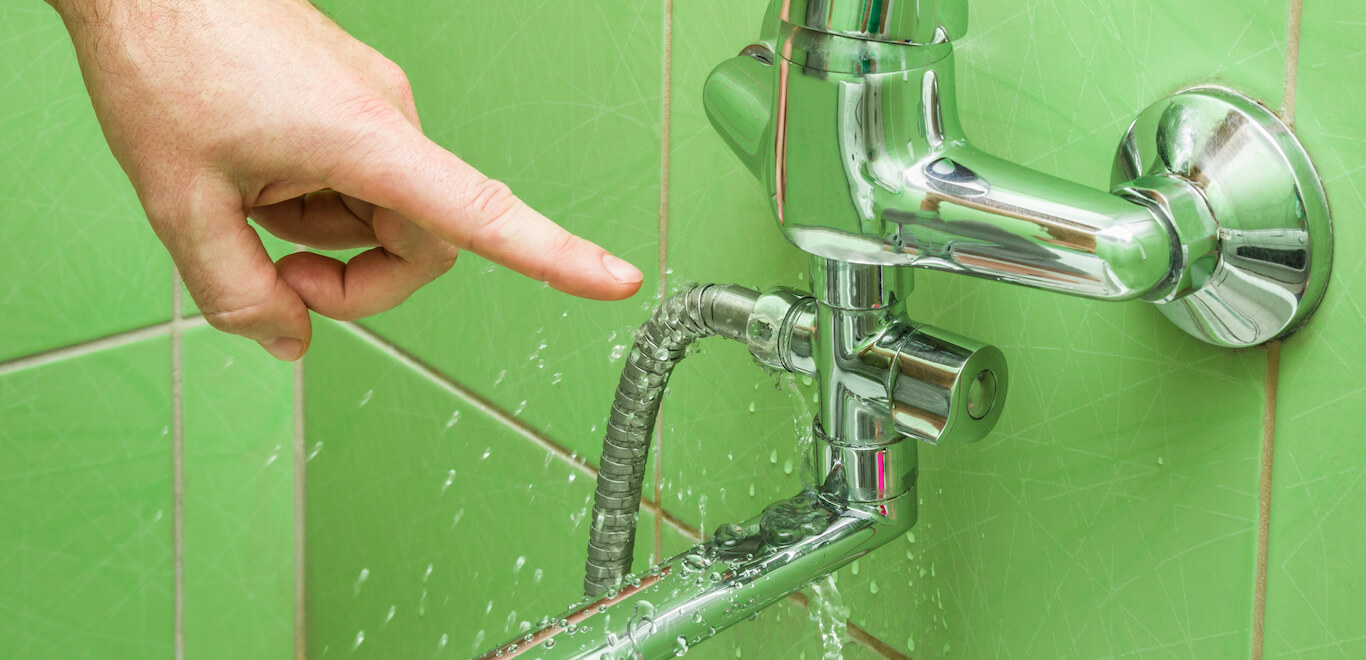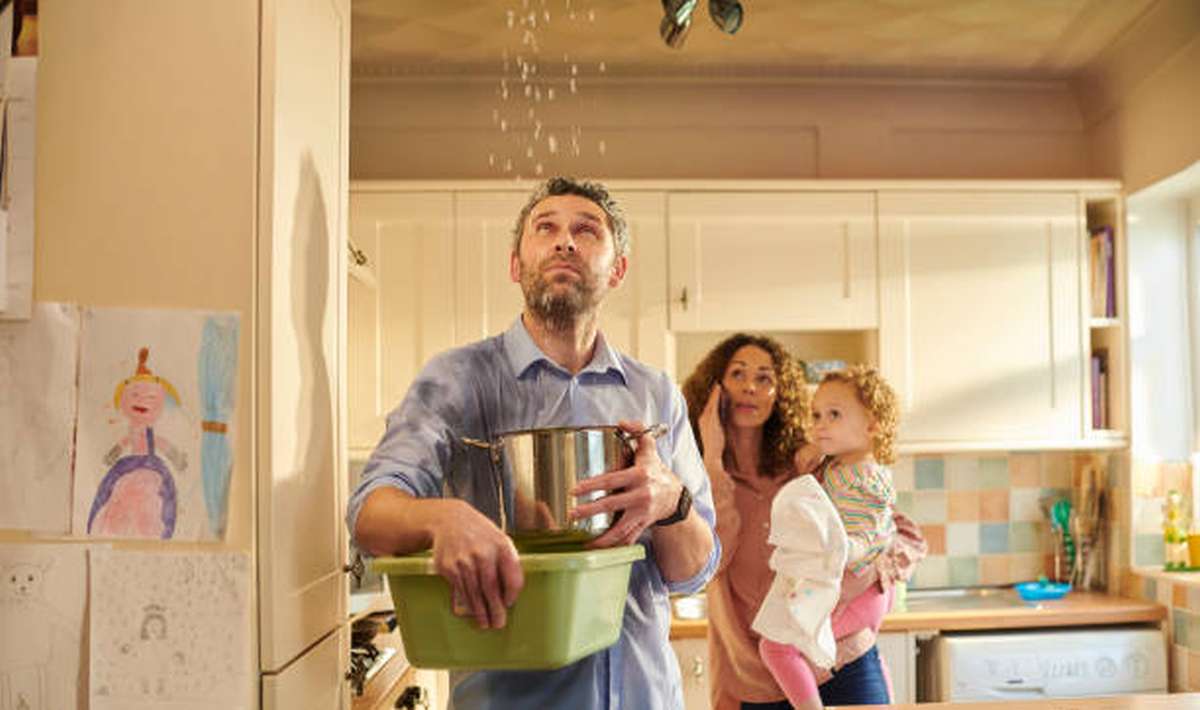Maintaining Plumbing in Rental Properties: How to Keep Things Flowing Smoothly
Maintaining Plumbing in Rental Properties: How to Keep Things Flowing Smoothly
Blog Article
What are your thoughts on How to Handle Plumbing Issues in Rental Properties?

Handling plumbing issues in rental homes effectively is vital for keeping occupant contentment and maintaining the building's worth. Whether you're a proprietor or a property supervisor, understanding how to deal with these common troubles can conserve you money and time while making sure compliance with legal responsibilities. Below's a detailed guide on how to manage pipes concerns in rental homes.
Paper Every little thing
Keep comprehensive records of all reported pipes issues and the actions required to fix them. Documents ought to consist of dates, descriptions of the trouble, communication with occupants, and receipts from professionals or plumbers. This info can be critical for insurance claims, tax obligation deductions, and lawful defense.
Usage Qualified Professionals
Constantly make use of licensed and insured professionals for significant plumbing repair work and installations. This guarantees that the work is up to code and can help avoid liability issues in case of crashes or more damages. It additionally comforts lessees that repair work are being dealt with expertly.
Establish Clear Interaction
Urge occupants to report any type of plumbing issues as quickly as they take place. Supply several communication channels such as phone, email, or a tenant site to make it very easy for them to reach out. Prompt responses to these records can stop minor issues from intensifying right into major issues.
Enlighten Tenants
Inform your occupants regarding what comprises a plumbing emergency situation and what does not. Give guidelines on exactly how to take care of minor problems themselves, such as making use of a plunger to unclog a bathroom. Additionally, inform them about what they need to stay clear of taking down drains pipes to stop blockages, such as grease, coffee premises, and non-biodegradable items.
Normal Maintenance
Implement a regular maintenance timetable for all plumbing systems in your service buildings. Routine checks can aid determine and resolve concerns like leaks, sluggish drains, or rusty pipes before they end up being major. Consider employing a professional plumbing technician to examine the properties every year or semi-annually.
Quick Response to Emergencies
Have a strategy in place for reacting to pipes emergencies. This need to include having the get in touch with details of dependable pipes solutions that provide 24/7 emergency situation repair work. Quick action is important to minimize damage in scenarios like burst pipes or extreme leakages.
Preventive Upgrades
Think about updating older plumbing systems and fixtures to much more modern-day, reliable models. This can minimize the regularity and seriousness of pipes problems and lower long-term upkeep expenses. It's additionally a marketing point for potential occupants that value upgrades and modern-day features.
Renter Move-Out Inspections
Conduct complete pipes checks throughout move-out inspections to guarantee that any type of concerns are recognized and resolved before a brand-new tenant moves in. This prevents conflicts with new occupants over pre-existing problems and makes sure the property is in top condition.
Understand Lawful Responsibilities
Be aware of your legal duties regarding pipes and basic property upkeep. Most territories call for landlords to guarantee their properties are habitable which all pipes systems remain in good working order. Failing to deal with major issues quickly can lead to legal actions from lessees.
Lessee Repayments
If a pipes concern calls for instant interest and the renter deals with the issue by themselves, have a clear plan in place for reimbursing prices. Make sure occupants understand they should get previous approval for higher-cost repairs unless it's an outright emergency.
Conclusion
Taking care of pipes problems in rental residential or commercial properties calls for a positive method and excellent interaction with tenants. By remaining on top of upkeep, responding without delay to emergency situations, and using professional experts, landlords can maintain their homes in excellent problem and maintain excellent connections with lessees.
How to Handle Water Damage in a Rental Property
What is Water Damage?
Water damage is harm or destruction caused by water entering areas where it is not supposed to be. It can be caused by a variety of sources and can manifest in different ways. The most common examples of water damage include:
Leaking roof Plumbing leaks Appliance malfunctions Poor drainage Flooding Sewage backup Condensation Tenant negligence HVAC system issues Frozen pipes Is water damage dangerous?
Water damage itself is not inherently dangerous, but it can lead to various hazards and health risks if not promptly and properly addressed. The severity of these risks depends on the extent of the water damage, the source of the water, and how quickly it is mitigated.
Some potential dangers associated with water damage include structural damage, mold and bacterial growth, electrical hazards, water contamination, and pest infestations. In situations where mold and mildew have gone unaddressed, mold can start to develop within 24-48 hours of water exposure, and this can impose a serious health risk to tenants. In particular, mold spores and damp conditions can lead to respiratory issues and even make existing health problems worse, such as allergies, asthma, or immune disorders.
Water Damage in an Apartment - Who is Responsible?
If the water damage is caused by the tenant’s negligence, the tenant is responsible for the cost of repairs. If the water damage is caused by a defect in the property, the landlord is responsible for the cost of repairs. If the water damage is a result of natural causes, such as excessive rain, then the landlord is responsible, since the water intrusion likely occurred due to a defect in the property. Landlord Responsibility water damage in rental property
Since maintaining habitability is the landlord’s legal responsibility, landlords are responsible for any resulting structural damage caused by water damage. These structural damages may include damage to walls, roofs, ceilings, and flooring. If water damage has affected the rental property’s original structure, the landlord is responsible for repairing or replacing those materials. Therefore, landlords should have property insurance that covers the structural components of their rental property so that they can receive help with the costs of covered events.
Preventative measures can also help landlords avoid massive renovations. Preventative maintenance may include conducting regular inspections to identify and address potential water damage before it becomes a major and urgent problem.
If a landlord fails to meet their responsibilities regarding water damage, it can lead to legal disputes and potential liability. Tenants who believe their landlord is not addressing water damage issues in accordance with California law can seek legal advice or contact local housing authorities for assistance.
https://www.goodlifemgmt.com/blog/water-damage-in-a-rental-property/

We were brought to that write-up on Plumbing Maintenance Guide for Tenants from a friend on our other web property. Make sure you set aside a second to distribute this write-up if you appreciated it. Thanks a lot for being here. Revisit us soon.
Report this page